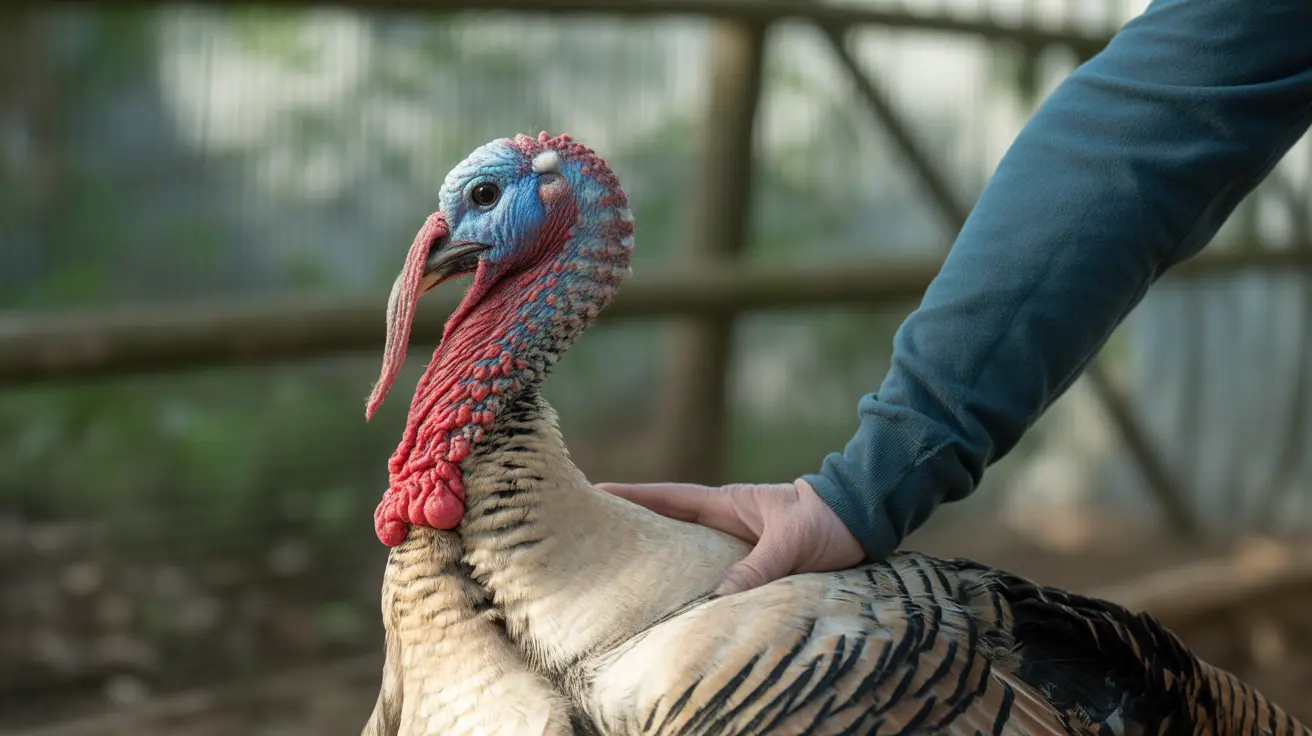Understanding the 3-3-3 Rule When Adopting a Dog
Welcoming a new dog into your home is an exciting and transformative experience, but it also comes with significant responsibility. One of the most important concepts for new dog owners to understand is the
3-3-3 rule. This guideline helps pet parents set realistic expectations for their new furry companion's adjustment timeline, fostering patience and empathy during the transition.
What Is the 3-3-3 Rule?
The
3-3-3 rule outlines three critical milestones in your new dog’s acclimation process:
- 3 Days to decompress after arriving home.
- 3 Weeks to start learning your routine.
- 3 Months to begin feeling truly comfortable and at home.
This rule is especially relevant for dogs adopted from shelters or rescues, where they may have experienced trauma, frequent transitions, or uncertainty.
First 3 Days: Decompression
During the first three days, your dog is likely overwhelmed. The sudden change of environment can induce stress, fear, and insecurity.
What to expect:
- Withdrawing or hiding
- Reluctance to eat or drink
- Excessive sleeping or nervous pacing
- Possible accidents indoors, even if house-trained
What to do:
- Provide a quiet, safe space for them to retreat
- Maintain a calm, consistent presence
- Avoid overstimulation or excessive handling
First 3 Weeks: Learning Your Routine
By the end of the first week, your dog starts to feel more settled. In the following two weeks, they begin observing and adapting to your home’s rhythm.
What to expect:
- Increased comfort exploring surroundings
- Beginning to bond with household members
- Curiosity about daily routines (feeding, walking, playtime)
- Testing boundaries and behaviors
What to do:
- Establish consistent routines for meals, potty breaks, and walks
- Begin gentle training and socialization
- Use positive reinforcement techniques
- Learn to read your dog’s body language and comfort signals
First 3 Months: Feeling at Home
After three months, your dog should be more confident, affectionate, and relaxed in their new environment. This is when deep bonds begin to form.
What to expect:
- Full trust and recognition of primary caregivers
- Increased playfulness and affection
- More consistent responses to commands and routines
- Improved social comfort with family and possibly visitors
What to do:
- Continue positive training and enrichment activities
- Strengthen the human-dog bond through shared experiences
- Encourage controlled social interactions
- Monitor and support behavioral adjustments
Why the 3-3-3 Rule Matters
The 3-3-3 rule gives owners a
framework to gauge their dog’s emotional journey. It serves as a reminder that adjustment takes time and that initial misbehavior or aloofness is not a reflection of the dog's personality or your relationship.
This rule also helps prevent rehoming due to unrealistic expectations—understanding that things may not go perfectly at first fosters empathy and a long-term mindset.
Tips for Supporting a New Dog's Transition
- Go slow and stay calm—don’t force introductions or interactions.
- Create a consistent schedule for stability and predictability.
- Use treat-based training to build trust and reward good behavior.
- Provide mental and physical enrichment through toys, puzzles, and walks.
- Seek professional help (trainer or vet behaviorist) if concerning behavior arises.
Final Thoughts
Every dog is unique and may require different timelines to adjust. While some may settle in quickly, others may need extended support. The
3-3-3 rule offers compassionate guidance for this important transition, ensuring your new pet has the time, space, and patience they deserve to thrive in their forever home.





